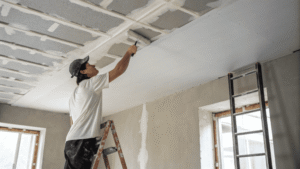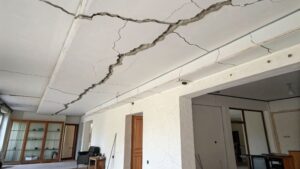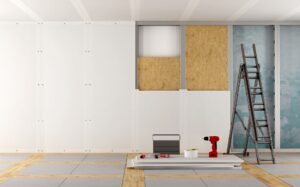Gypsum ceilings are everywhere, yet many people still do not really know if they are a good choice or not.
Gypsum ceilings are lightweight, easy to install, cost-effective, and offer good sound and heat insulation, making them an ideal choice for homes, offices, and commercial spaces.
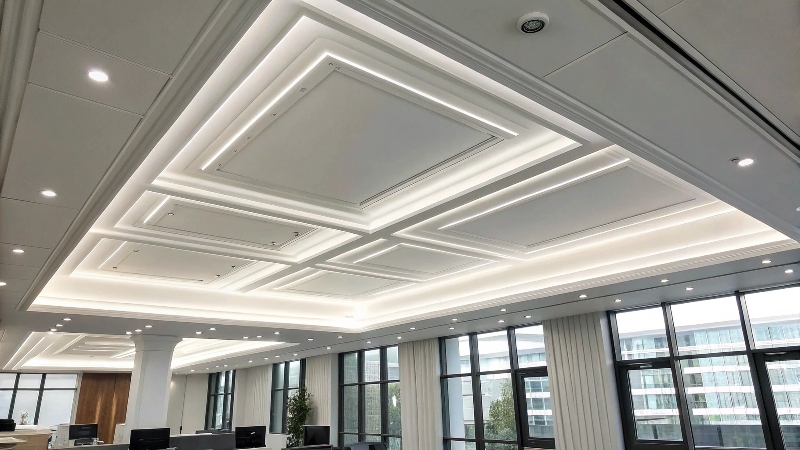
Many customers have asked me whether gypsum ceilings are worth using. I know why they ask — renovation is not cheap, and the materials you choose will directly affect the look, comfort, and durability of your space. Gypsum ceilings are one of the most popular suspended ceiling materials today because they combine functionality with design flexibility. They can be plain and simple, or shaped into elegant, curved, or layered designs. At the same time, they are affordable compared to some other premium ceiling materials. But of course, like any product, they are not perfect. In the next sections, I will share my experience and observations from years in the building materials business.
How Many Years Does a Gypsum Ceiling Last?
A common worry is that gypsum ceilings will not last long and might need constant replacement.
With proper installation and in a normal indoor environment, a high-quality gypsum ceiling can last 15–20 years or more without major issues.
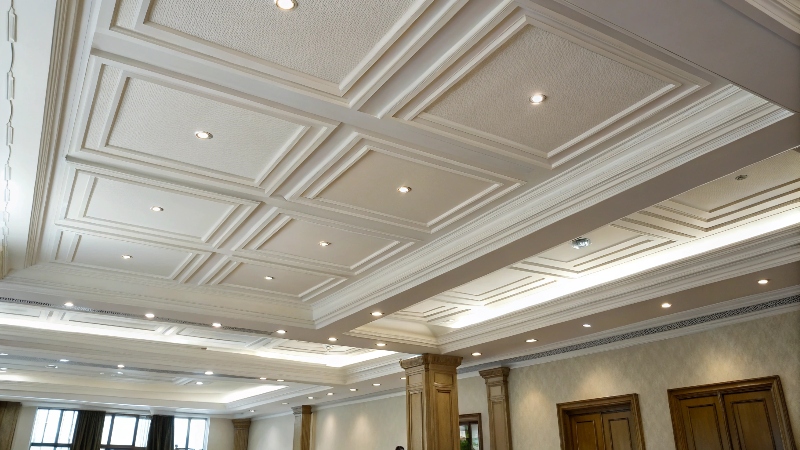
I still remember a contractor friend who was hesitant about using gypsum ceilings for a hotel project. He was afraid the ceilings might deteriorate after just a few years, which would impact his company’s reputation. I explained that durability is mostly a matter of product quality and environmental conditions. In a dry, controlled indoor climate, gypsum ceilings perform exceptionally well for decades. The only reason their lifespan shortens is when they are exposed to moisture, such as from leaks or humidity. This is why I always advise using moisture-resistant gypsum board in kitchens, bathrooms, or coastal areas.
| In short, longevity involves three key factors: | Factor | Impact on lifespan | Recommendation |
|---|---|---|---|
| Board quality | Very high | Choose from well-known, certified brands | |
| Installation quality | High | Ensure professional installation | |
| Indoor humidity control | High | Keep indoor spaces dry and ventilated |
What Are the Disadvantages of Gypsum Ceilings?
Many people wonder if the weaknesses of gypsum outweigh the benefits.
Gypsum ceilings are moisture-sensitive, less load-bearing than metal or cement, and can be damaged by water leaks, requiring careful selection and placement.
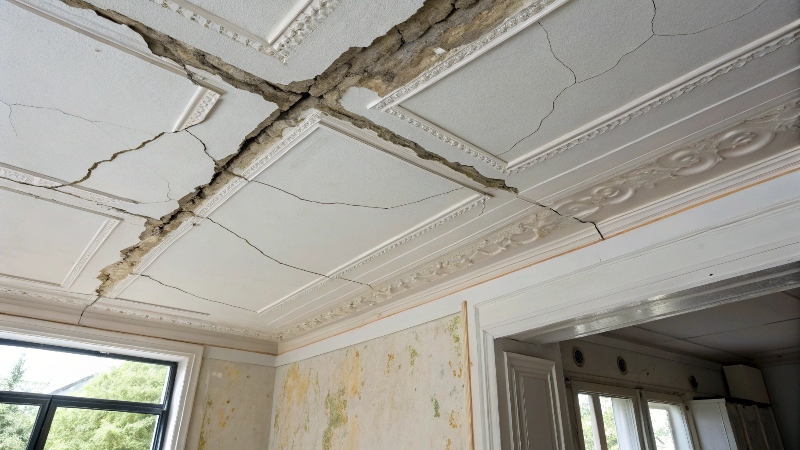
Over the years, I have come across some unhappy clients who faced problems with their gypsum ceilings. The most common issue is moisture damage. High humidity or water leaks can lead to mold, sagging, or staining. Gypsum is also weaker than cement board or metal panels. You cannot hang heavy fixtures directly from it without proper reinforcement. Another point is that replacement is sometimes necessary if damage occurs, as repairs may not blend perfectly with the existing surface. This is especially true for painted or textured ceilings.
| If we break down the risks: | Disadvantage | Cause | Solution |
|---|---|---|---|
| Moisture damage | Humidity or leaks | Use moisture-resistant boards in wet areas | |
| Low load-bearing capacity | Material strength limitation | Use metal frames for heavy installations | |
| Repair visibility | Surface texture mismatch | Professional finishing after replacement |
In my opinion, these are manageable issues if you plan your project carefully and choose the right product type.
Can Gypsum Be Used for Ceilings?
Some people still ask me if gypsum is even suitable for ceilings at all.
Yes, gypsum is one of the most commonly used materials for ceilings because it is versatile, safe, and supports both simple and creative designs.
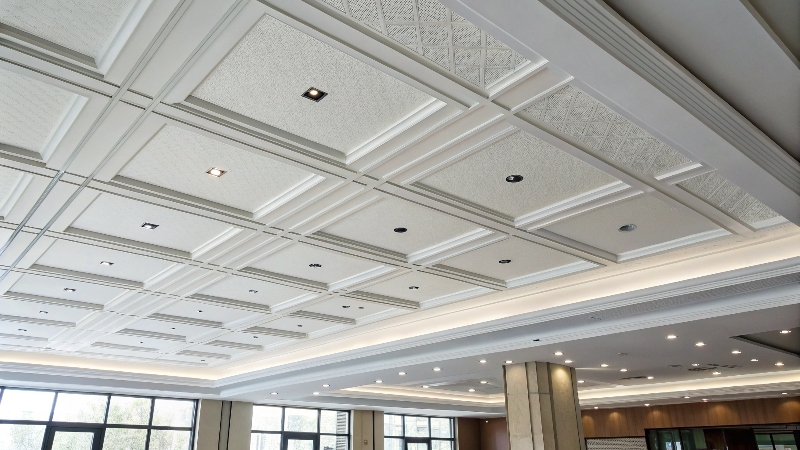
From my time working in the ceiling materials industry, I can tell you that gypsum is a ceiling standard in many markets. It meets fire safety codes and environmental standards in most countries. It is easy to cut, shape, and finish, so designers can create everything from flat minimalist ceilings to elaborate classical designs. It also absorbs sound well, which improves the comfort of living and working spaces. The only real limitation is moisture exposure, which is why I recommend installing it mainly in dry indoor areas, or using the specialized moisture-resistant variety in bathrooms and kitchens.
| Here is how gypsum compares to its main ceiling material competitors: | Material | Design Flexibility | Moisture Resistance | Relative Cost | Fire Resistance |
|---|---|---|---|---|---|
| Gypsum board | High | Low-Medium* | Low | High | |
| Aluminum board | Low-Medium | High | Medium-High | High | |
| Cement board | Medium | High | Medium | High |
- Moisture resistance improves with specialized "green board" or treated gypsum panels.
Conclusion
Gypsum ceilings are affordable, versatile, and attractive, but they require proper product choice and installation to avoid moisture and load issues.

